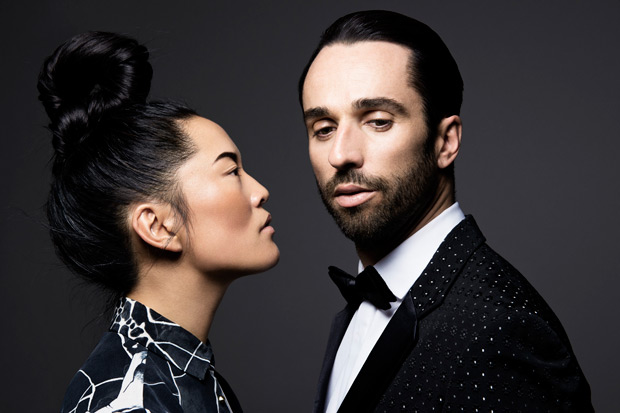
© Filine Fink. (Click image for larger version)
Wang Ramirez colaborate with Nitin Sawhney at his Royal Albert Hall show on the 2 November 2016. Full Details
Wang Ramirez is a Perpignan-based dance company founded in 2008 by Sébastien Ramirez and Honji Wang, both of whom choreograph for and perform with the troupe. The pair trades in an experimental, distinctly urban style of dance theatre that splices together genres as divergent as ballet, contemporary dance, martial arts, breaking and hip-hop. Together they’ve produced around a dozen works, presenting them in numerous cities around Europe, Asia, the Americas and beyond.
Their efforts have earned them several prestigious accolades – including the Outstanding Performers Award at the 2013 New York Dance and Performance Awards (aka The Bessies) – as well as invitations to collaborate with big-name artists from the dance, film and music worlds, including Madonna (Ramirez choreographed for the singer’s 2015/16 Rebel Heart Tour, while Wang performed in it). The duo’s latest commission will see them appear alongside Sadler’s Wells Associate Artist Nitin Sawhney at the Royal Albert Hall in November, performing new choreography to music from the composer’s 2015 album Dystopian Dream.
Here, Wang and Ramirez share some insight into their style, their influences, and the self-professed “yin and yang” of their relationship.
When did you two meet and start working together?
We met in Berlin in 2004, and we started to dance and create together in 2008. We understood each other very well, so after our first creation together we decided to rename Sébastien’s company [Sébastien Ramirez, founded in 2007] to Wang Ramirez because we knew that we would work together as a team from then on.
Between you are a host of backgrounds – French, German, Korean, Hispanic – as well as many kinds of dance training, including ballet, hip-hop and contemporary dance. How does this blend influence your work and identity as dancers and choreographers?
The backgrounds we come from are our main source of inspiration. That’s actually our school – we learn from our experiences meeting people and seeing other countries and cultures, simply by travelling, dancing and exchanging.
Your work is often described as ‘urban Tanztheater’. Is this an apt categorisation?
We don’t really categorise it this way, but that description comes naturally.
We try to express emotions and moments of reflection through our dance. We don’t build dance performances based only on technique; we try to explore many ways of expressing ourselves.
Before performing, the theatre was actually a place we’d never been or spent time in. So that’s something we never really reflected on. We’re more focused on expressing and realising emotions.
How would you describe the choreographic language you’ve developed as partners?
We are like yin and yang. We complete each other in a very simple way.
Our language is a development of our individual experiences and training, combined into one flow where we meet and use friction to find the right harmony. The basics are our dance aesthetics – we like shapes, intense, powerful moves, concepts that play with visuals, and illusions that could look unreal in one way and play with flow.
Your body of work takes in lots of different formats, styles and themes. What’s your starting point when creating a new work?
Any theme could excite us. What makes the difference is the why and the how – which one would thrill us as dancers and choreographers.
Every creation is a different process. Sometimes we start with a small version of an idea and prepare it for competitions in the hip-hop scene – Monchichi, for example, is the result of a winning duet, a smaller act that was 15 minutes in length. For that, we focused on musicality, originality, dance concepts, aesthetics and techniques.
When we plan to create a full-length evening performance, we bring to it another layer through teamwork with a dramaturge, scenographer, music composer, light designer and so on. It is a deeper reflection of what we want to express and in which way.
Of course that process is very different. With Borderline, for example, we started the creation in laboratories with dancers. One by one we asked them for personal stories related to our topic, and this inspired the characters; we specially chose them based on what we wanted to express in this piece. We also started with certain technical concepts we were interested in, like wire work, which became one of the specialities in this piece. The possibilities are immense with this technique, so we focused on that as a complement to our dance and choreography.
You’ve collaborated with many famous artists over the years, including Akram Khan, Rocío Molina and even Madonna. How have these experiences enriched you as dancers and choreographers?
They have showed us how much we are actually all the same – humans with big ambitions.

© Filine Fink. (Click image for larger version)
Everyone you named is a strong character, very disciplined, a perfectionist who aims for the highest result of their speciality – even with Madonna there’s no difference.
How did the collaboration with Nitin Sawhney come about? And what can you tell me about the show?
Sadler’s Wells contacted us and asked us if we would be interested in collaborating with him. This sounded like a very exciting thing – an opportunity to make an idea and thought come true.
The work will be a fusion of two worlds coming together that creates a new synergy and texture. It will be a deeper research and exchange of our worlds based on his album and our choreographies.
If you could collaborate with any artist, who would it be? And what would be your dream performance venue?
We’d love to collaborate with Alexander McQueen (RIP), Shia LaBeouf, Ludovico Einaudi, Alexander Wang, Nils Frahm and Olafur Eliasson.
Our dream venue would be the Paris Opera House.
What’s in store for the future from Wang Ramirez?
We’ve got a new duet between Honji and New York City Ballet principal dancer Sara Mearns, and we have a Wang Ramirez-composed evening that will premiere in Paris in March 2018.






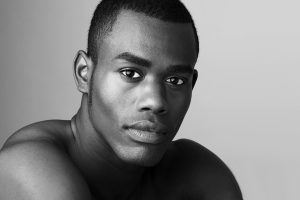



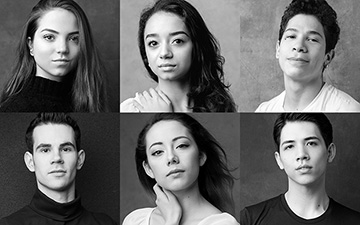
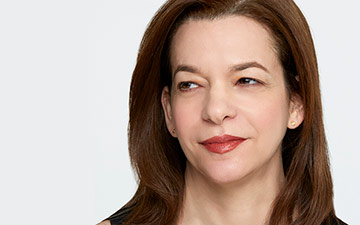
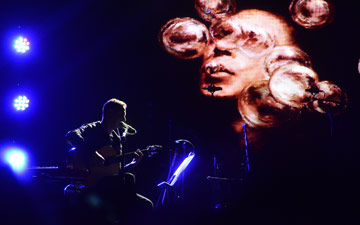



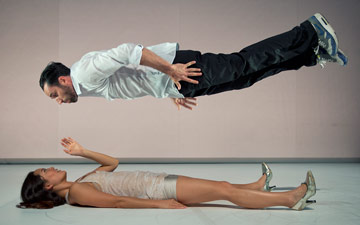
You must be logged in to post a comment.